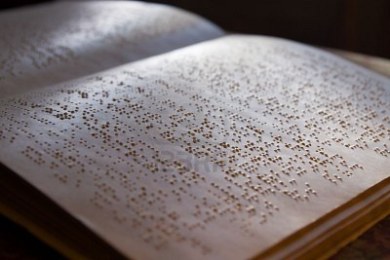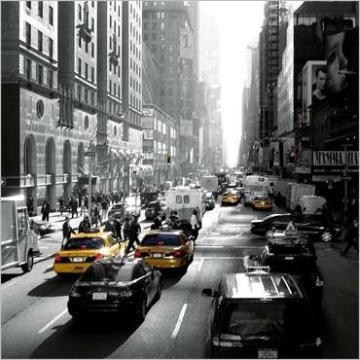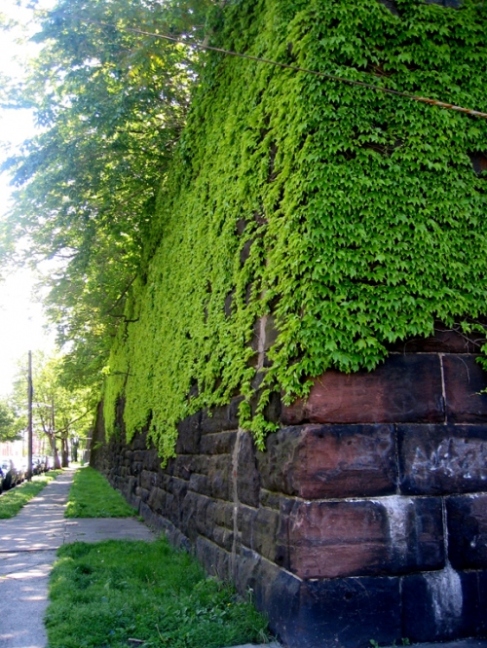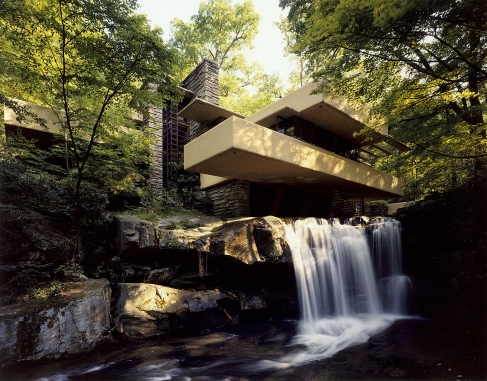Site I – Architecture for the Blind
Lion Center for the Blind
2115 Broadway, Oakland, CA

Braille
This site proposal consists in designing the Lion Center for the Blind’s experimental annex. This new building will be located across the street of the actual building in Oakland, CA. I believe that this new building is going to integrate in a better way the critical tools needed for the blind and visually impaired. This annex will not just facilitated their way-finding and their access to information through the building, it will also elevate their experience in the space taking in consideration the senses of touch, smell and sound. The architecture for the blind and visually impaired should be more than a space where they can freely move and easily understand. This building should play with their emotion, experience and feeling; this space should distance itself from its functionality and practicality in order to make them live its architecture.
Site II – People, its Senses and the City
New York, NY

Broadway, New York
In order to design cities, architects are use to see and organized them using a site plan view, even when this method helps in the creation of thoughtful and functional cities, this point of view generates a distance between the human scale and the scale city. We have to understand that architecture tends to depend fundamentally on the peripheral vision, which integrates people with the space. The idea in this site proposal is to redesign urban moments in existing cities (using more personal design tools) that will allow people to have a most profound connection between them and the built environment. Using a sensory system balance, these new spaces are going to allow people to experience themselves in the city, not just the city itself.
Site III – Unremembered Context
San Francisco, CA

The Sixth Street Embankment, Jersey City
The context in architecture is able to define the phenomenological characteristics of a constructed space. When a building is surround by a natural context, people are able to experience the space using all their senses. In this time, architecture has become independent from its natural context. Most of the today’s architecture examples do not primarily reflect the natural conditions of its environment. And most alarming is the fact that in the built environment, the context is base on references of the architecture itself. As a result we are able to find densely urbanized areas where nature is almost totally lost. Of course, we have acknowledged this problem and the cities’ master plans include park and other re-creative areas that engage a natural environment. But, are we convinced that adding natural areas to the cities is enough? Or can this natural context, the one that is capable of helping us to redefine our phenomenological experience in a space, be included in the built space as well. This site in the city is going to use, as reference, the context before anything was built in that space.
Site IV – Everything is About its Surroundings
Fallingwater – Frank Lloyd Wright
If we want to create a complete phenomenological space, where people have a deep connection with their senses, the architecture might need to get out of the cities. According to Richard Ryan (a professor of psychology at the University of Rochester) “Nature is fuel for the soul”. We need to understand that nature is often relaxing because our thoughts are focused on the moment. The environment stimulated people’s senses without overwhelming them. A space away from the built environment, that respect the natural context is the perfect combination in order to design a space that responds to human senses. This site proposal will combine experimental architecture that elevates people experience in space and a natural environment that stimulate people’s senses in order to explode people’s phenomenological experience of a space.




